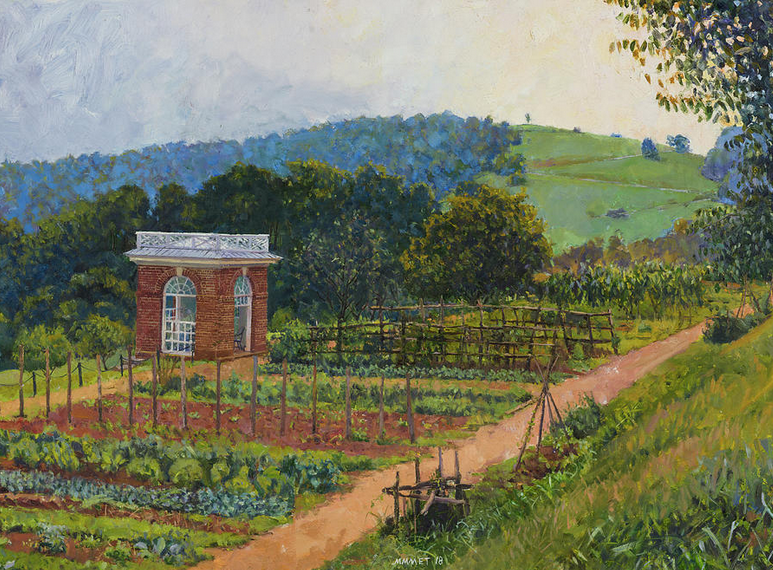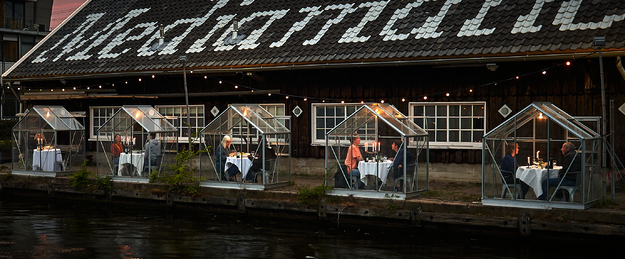This Spring of self-isolation has been, for many people, myself included, unnervingly productive. So many missions accomplished: like sorting through old photo albums and hundreds of 35mm slides and waking memories of my first encounter with Hartley Botanic and their sturdy greenhouses. I recall how charmed I was by their display at the Chelsea Flower Show, c. late 1990s; decked out as places to live and relax in as well as to work at gardening; Hartley Botanic presented an alternative way of thinking about glasshouses and the place of architecture in landscape, so positioning itself for the new century.

We are, undeniably, at another inflection point. There’s much talk in media about what the new normal will be like as corporations discover that their people are actually more productive working from home, that we must become more self-reliant as food supply chains clank under the pressure of the pandemic, and small and local overtakes global and grand. Part of the reinvention comes with a new way of thinking about how we can maintain a favorite pastime—restaurant dining—while maintaining social distance. Carryout and curbside delivery, Grub Hub et al, goes some way to sustaining chefs and the small, local eateries (I’m not including chains in this piece), but part of the pleasure is getting out of the house and into a new setting, and God bless the servers, cooks and cleaners who make it possible. I love my home, but the four walls don’t change that much. So, innovation is paramount, and architects and landscapers are stepping up to the plate and pitching some outstanding concepts.

Mediamatic Biotoop, an arts center in Amsterdam, has long had an array of greenhouses that have been used to support events and their restaurant’s kitchen garden. Given the name Serres Separées, these two-person greenhouses support the restaurant itself as venues for dinner guests, giving them isolation without being isolated. While this will probably not be a permanent arrangement, this sort of spin on private dining rooms, an historical convention that was highly popular in the 19th century for intimate meals away from prying eyes.
Restaurants in Europe are noted for outdoor spaces to unwind and socialize, their boundaries often marked by loose screens of trough-planted shrubs with a focus on those that are heat-and-drought tolerant, and that flower in the summer, especially vividly tinted blooms such as oleander and bougainvillea.

“The future is green,” states the director of the Giorgio Tesi Group, located in Pistoia, Italy, who through their network of nurseries in Tuscany provide plants to 60 countries across Europe, with especially large markets in France and Germany. They have joined together to form the ‘green spacers’ project, “…to promote in a natural and therefore eco-sustainable way the problem of social distancing between people in outdoor areas.”
So, not exactly out with the old and in with the new, but dusting off lessons learned and tweaking them for our challenging era.
Stay safe out there.
©Ethne Clarke, 2020
Virginia based artist, architect and historian, Edward Thomas works in oils in plein air: “The paint is laid down precisely enough to satisfy the needs of representing the subject, but with an immediacy enough to satisfy the Abstract demand that the paint be paint.” To see more of his work and to contact him, visit his instagram or website.
To learn about the Mediamatic Biotoop project, check out their website.
More about the ‘green spacers’ project can be found in this Italian-language article.










